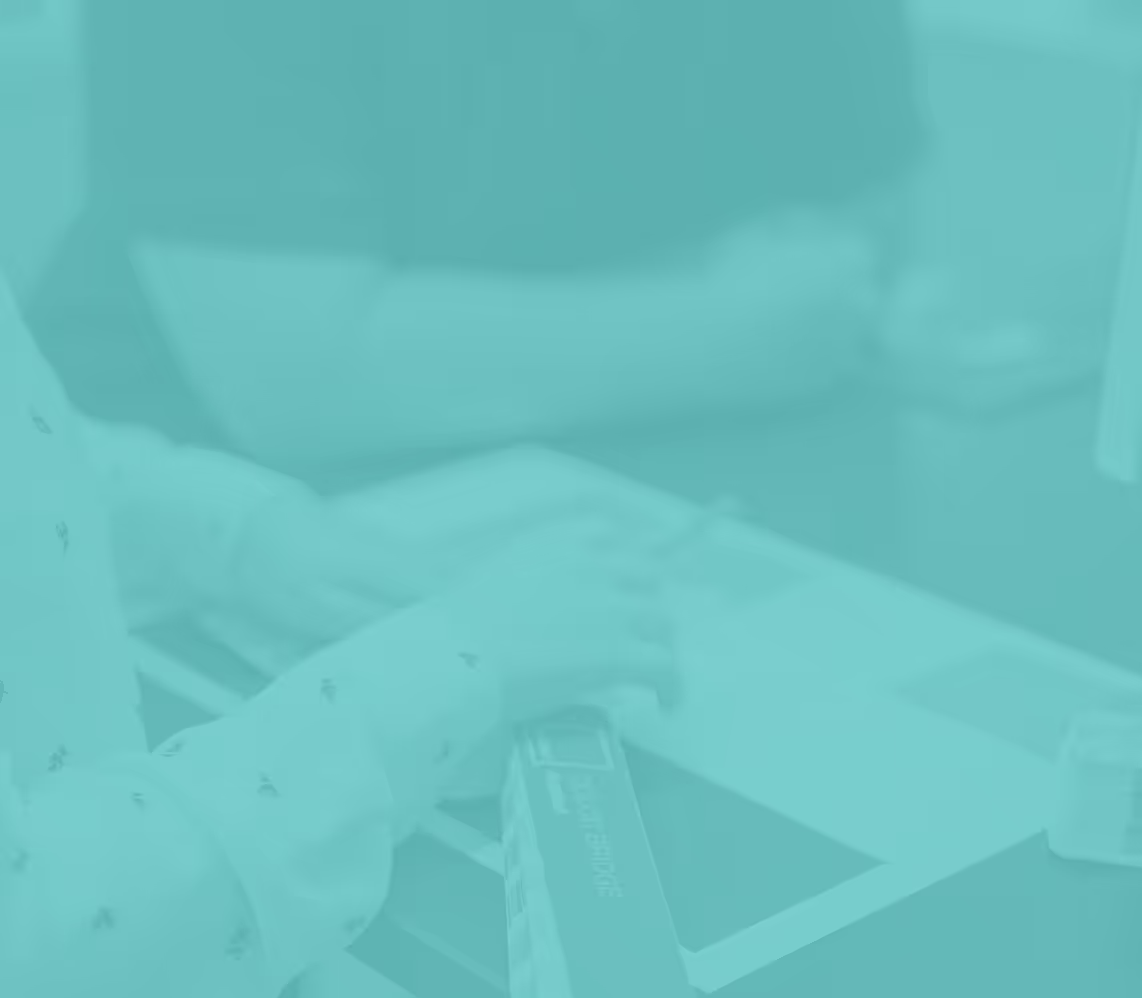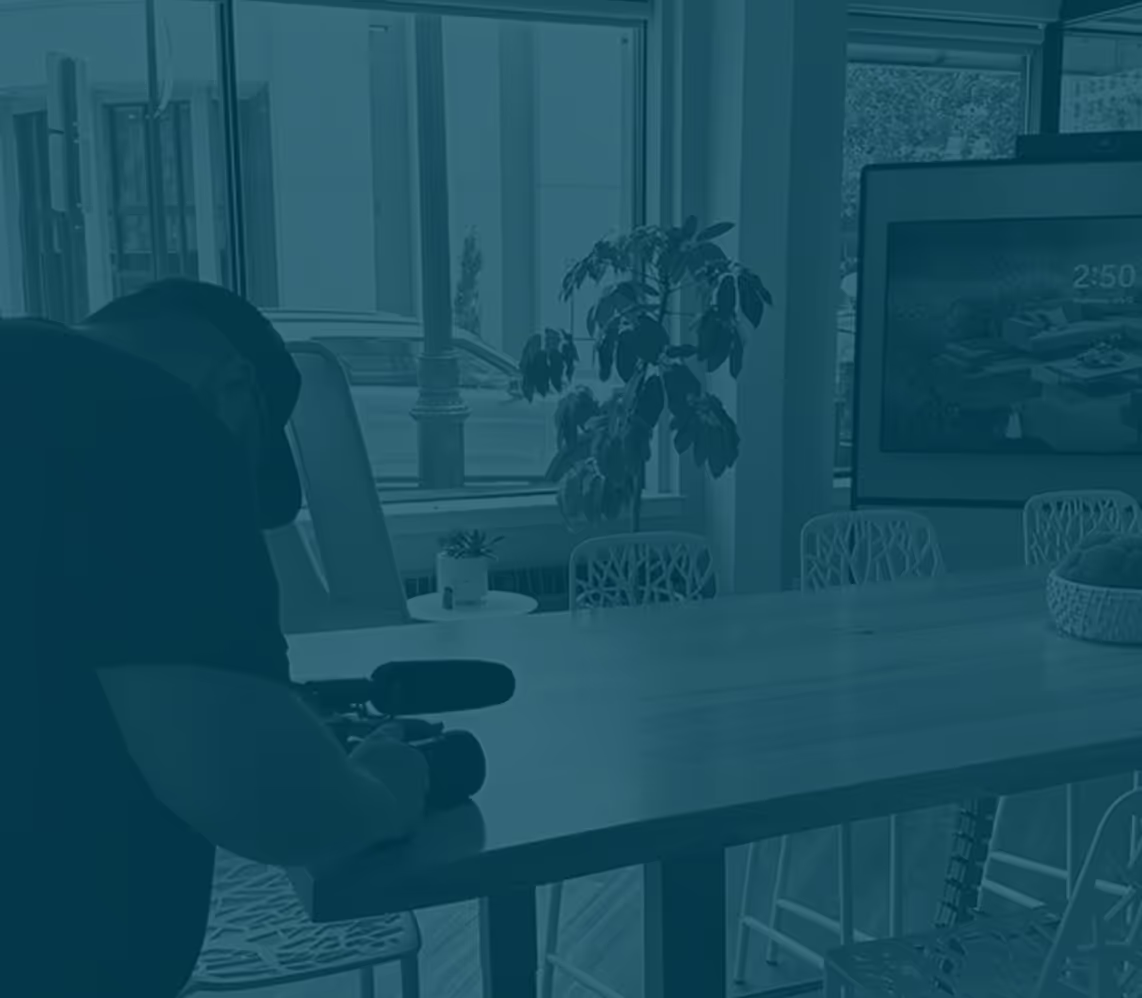Your New Agency partner, For Less
Solve your biggest challenges with expert help. Sign a new retainer by 12/31/25 and save up to 22% on your first six months.
Limited time offer for new agency clients only.
Limited time offer for new agency clients only.

Client Stories
Caterpillar
Global Consistency
"Systemax has been instrumental in the design of our custom battery displays. Their expertise, from original concept to recent multilingual updates (French, Italian, Dutch), has been exceptional. The team consistently delivers high-quality graphic design that perfectly aligns with our brand standards. This specialized support provides impactful and globally consistent collateral for our dealers, reinforcing our brand message across various markets. It's a pleasure to work with a team that understands our unique needs and executes with precision."
Dawn Steel
Marketing Consultant Batteries & Electronics - ICS Commercial Team
State Bank of Bement
Results-Driven Success
"We couldn’t be happier with the results of our grand opening campaign. The team’s creativity and attention to detail made a big impact in helping us establish our presence in the new community. Opening 50 accounts in just 28 days exceeded our expectations and set the tone for success. We’re thrilled with how smoothly everything came together."
Marketing Director













































Ready to Save?
Our experts are ready to connect. Fill out the form below to initiate your new retainer and lock in the 22% off promotion.

















